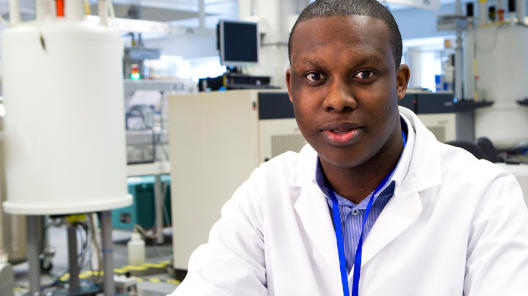Biostatistician
Biostatisticians use mathematics and statistics to find ways to solve scientific problems. The biostatistician collaborates with other members on the team to determine study design, protocol development and how to share the study results. Biostatisticians write statistical analysis plans, perform statistical analysis and summarize findings through written reports and presentations. They may work with the environment or human or animal health.
What Responsibilities Will I Have?
- Analyze data using statistical approaches and specialized software programs
- Design and advise on practical application of statistical methodology
- Determine statistical sampling techniques
- Coordinate data collection procedures
- Identify trends and relationships in data
- Review case reports and forms to ensure protocol objectives are met and that project standards are maintained
- Write reports explaining the results of conducted studies
- Determine factors in a problem and how much risk would be involved in the possible solutions
- Use quantitative methods to analyze data from other research studies
- Assist researchers in best practices for data representations in presentations and reports
- Validate statistical methods to determine if results are accurate
- Write research or grant proposals
- Research new statistical methods
Recommended High School Courses:
- agricultural education
- statistics
- math
- research
- biology
- science
Education/Training Required:
A master’s degree or doctorate in statistics, biostatistics, mathematics, statistical genetics or a related field is needed.




